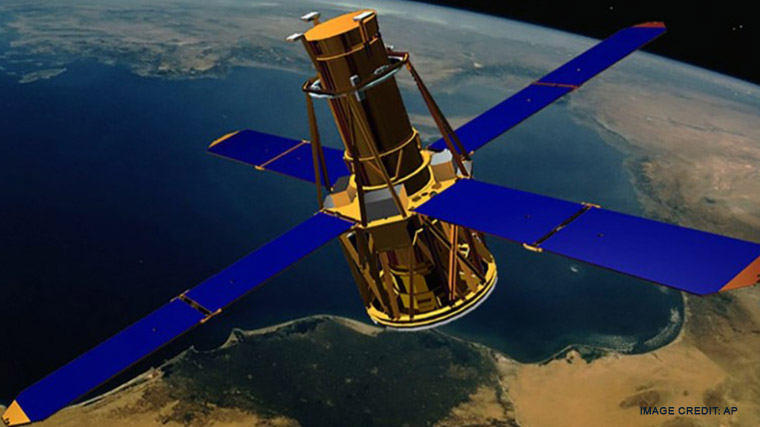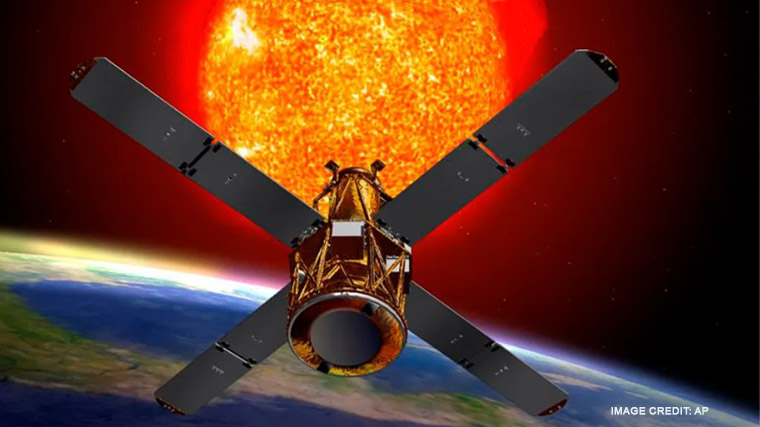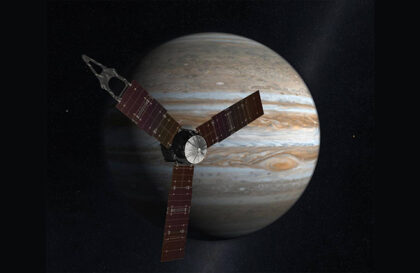The 660-kilogram RHESSI spacecraft fell on April 19, 2023, overnight. The crash site is near the border between Sudan and Egypt, astrophysicist and satellite tracking expert Jonathan McDowell noted on Twitter.
Most of the spacecraft likely burned up in Earth’s atmosphere.

RHESSI (short for Reuven Ramaty High Energy Solar Spectroscopic Imager) was launched into low Earth orbit aboard a Pegasus XL rocket in 2002 on a mission to study the sun. It was tasked with photographing the high-energy electrons that carry most of the energy released in solar flares. He accomplished this with his only instrument, a spectrometer that recorded the Sun’s X-rays and gamma rays. No other instrument had done this before RHESSI.
The satellite operated until 2018 and documented solar flares ranging from tiny nano-flares to massive super-flares, tens of thousands of times larger and more explosive. RHESSI has even made discoveries unrelated to flares, such as improving measurements of the sun’s shape and demonstrating that terrestrial gamma-ray flares – bursts of gamma rays emitted high in Earth’s atmosphere during thunderstorms – are more common than previously thought.
RHESSI was NASA’s Small Explorer mission.
Image credit:
https://www.thesun.co.uk






